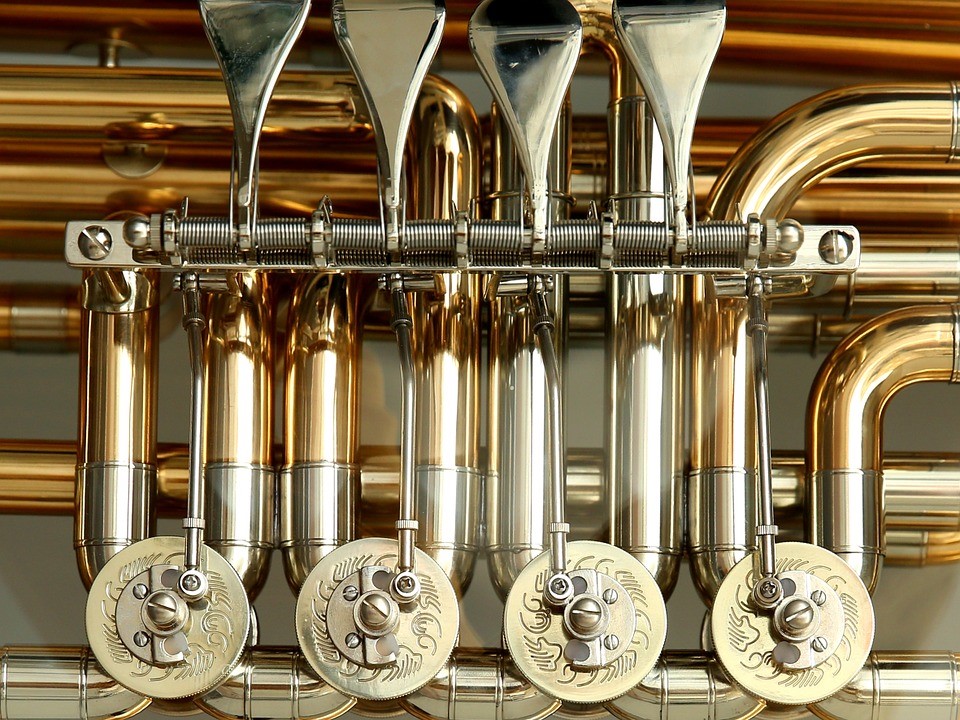There is no doubt that metal’s illustrious shine is what makes it such a commonly used material for many everyday items like jewelry, doorknobs, and the like. Unfortunately, everyday wear and tear can take its toll on metals like brass, which result in the metal coating losing much of its shine and luster. In some cases, you may also begin to see tarnish forming due to exposure to the air and even the natural oils secreted by our skin.
Fortunately, a good cleaning and polishing is all it takes to restore the vibrancy of most metals. What is a good metal cleaner? That would depend. You’ll need to use the right type of cleaning solution based on the type of metal you’re working with.
Different Cleaning Solutions
The best thing to clean metal varies based on the metal itself. For example, you probably wouldn’t want to use anything with a high ammonia content when cleaning the surface of brass. Large concentrations of ammonia will only lead to further corrosion via large swaths of bluish deposits.
In the case of brass, there are a wide range of cleaning solutions that you can use without fear of tarnishing the metal. These include:
Quality Brass Cleaners
There are many different chemical brass cleaners available in your local hardware stores or supermarkets. These cleaners are specially formulated to thoroughly clean the surface of brass items without tarnishing the surface. Chemical brass cleaners are also designed to add a protective layer onto the surface of brass. This layer helps keep brass looking brand new for longer and helps protect the metal from corrosion.
Vinegar, Salt, and Flour
What can I use to clean metal if I’m looking for a green solution? Try using this combination of everyday items that you probably already have in your cupboard or pantry. Take a teaspoon of salt and pour it into a half cup of vinegar. Stir this initial mixture until the salt is completely dissolved. Once that’s done, add flour to the mixture until it becomes a thick paste. This paste can then be applied to the surface of brass. Leave the paste on for no more than ten minutes. Rinse the item in warm water and wipe dry with a clean microfiber cloth.
Lemon Juice and Baking Soda
If you want to shine something that you don’t want to go through the hassle of dismantling (doorknobs are a great example), you may want to try this cleaning solution instead. Take a lemon and squeeze its juices into a small bowl. Add a teaspoon of baking soda and mix it well. You can then use a clean cloth to apply the mixture onto the brass surface. After the mixture has dried, use a wet cloth to remove any residue. Reapply the cleaning mixture as needed. Once you’re happy with the results, use a clean cloth to apply polish.
Cleaning Tips to Avoid Damage
The goal of cleaning brass items is to restore its original luster. However, a lot of things can go wrong when cleaning brass if you aren’t careful. The last thing you want to happen when cleaning is accidentally leaving scratches and other forms of damage. Here are a few tips to help you avoid such a situation.
Make Sure It’s Actually Brass
Some items may look like they are made of brass, but actually only have a brass coat on top of a different metal. If this is the case, there is a risk of accidentally scrubbing the brass layer off during cleaning, and there’s no guarantee that the metal underneath is compatible with the cleaning solution you use. The best way to check is to hold a magnet next to the item in question. Magnets won’t stick to pure brass. If you have an item with a brass coat, a simple cleaning mixture of warm soapy water will do.
Use a Clean Microfiber Cloth
Microfiber cloths are specially designed to be much softer and gentler than typical cloths and rags. As a result, clean microfiber cloths are much less likely to leave scratches on the surface of brass items. Of course, the operative word there is “clean”. Avoid using a dirty microfiber cloth when wiping off the cleaning solution. There may be tiny bits of debris stuck to the cloth and rubbing it over brass will lead to scratches. Ideally, have separate cloths for applying and removing.
Wear Gloves When Cleaning
Our skin naturally produces a thin layer of oil. This layer of oil can easily be transferred to the things that we touch. This can be a problem when cleaning brass since the oil from our skin is actually a substance that can tarnish brass. To avoid this, make sure you wear gloves while cleaning anything made of brass.



